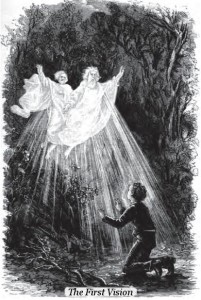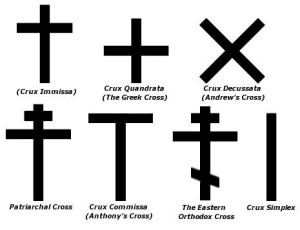Related Posts: Mormons and the Bible: Missing Scripture and Inerrancy; Mormons and the Bible: King James Version and the Joseph Smith Translation
J. Reuben Clark’s 16 points
This post is based on a talk given by Apostle J. Reuben Clark in 1954 (“Our Bible,” General Conference, April 1954). In it he outlines 16 differences between the Received text (essentially the King James Version) and the Revised texts (represented by the Revised Standard Version). This talk is included in the Resource Edition CD-ROM of the official LDS scriptures. Elder Clark’s talk compares only NT passages.
I have listed the verses from Elder Clark’s sixteen points as they are found in the KJV, NASB, NIV, ASV, RSV (1946 and 1971), and ESV for comparison. At the end of this post there is a summary of the results in a pass/fail format. My criteria for pass/fail is consistency with the corresponding KJV passage. Elder Clark also brings up points of dispute with some of the RSV footnotes because they cast doubt on the validity of traditional interpretation. I have not considered the footnotes in my evaluation. Continue reading “Mormons and the Bible: Reuben Clark’s 16 Points”


